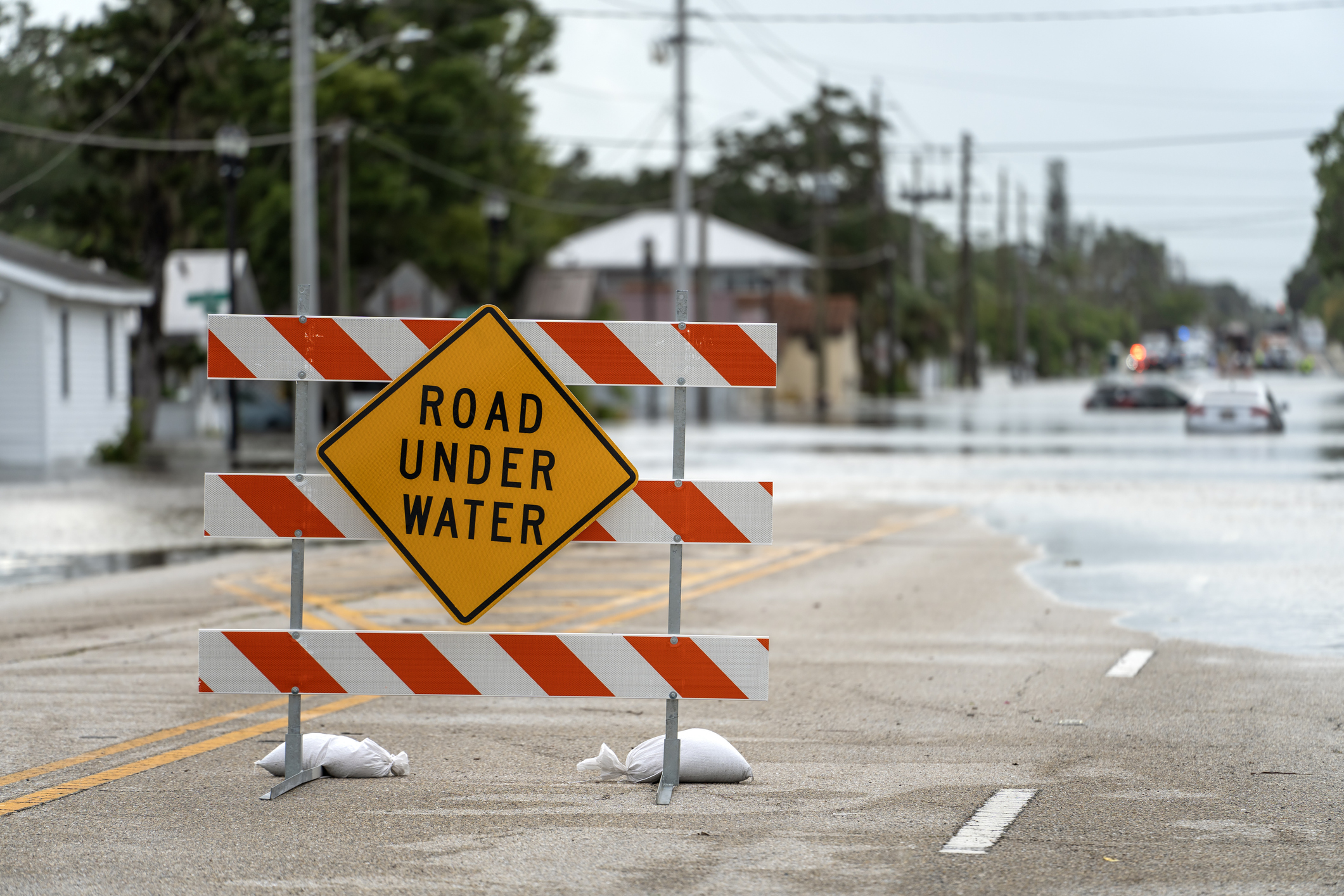Governor Inslee is again touting his leadership in fighting climate change. A flier he distributed at a recent University of Washington town hall claims, “Washington has established ourselves as a leader on climate.” At the bottom of the flier, he lists four goals and successes that supposedly demonstrate our state’s leadership.

Presumably, these are the clearest four examples of success the Governor’s office could identify. If that is the case, it shows how badly his policies are failing. Each of the four claims has a serious flaw.
“On track for 29 percent reduction in greenhouse gases…”
To demonstrate that “Washington leads the way,” the Governor chooses a statistic that is not about Washington state at all. Washington is a member of the U.S. Climate Alliance, which includes 13 other states and Puerto Rico. As a whole, that group claims it is on track to meet the 29 percent reduction in CO2 emissions by 2025.
Washington state, however, is nowhere close to that goal. According to the Energy Information Administration, Washington reduced emissions by just 6.5 percent between 2005-2014 and will miss the promised target.
Governor Inslee is taking credit for the greenhouse gas reductions of other states, while his own state of Washington lags behind.
“$76 million” spent
Spending public money is easy for a governor, but is not a metric the environment cares about. The question is whether and how these taxpayer funds reduced carbon emissions. If they are like other subsidies for “clean energy” projects, the answer is, not much.
The fact that the Governor’s metric of success is simply spending public money indicates this is more about virtue signaling than real policy success.
“75 percent” carbon-free energy
Like the City of Seattle, the Governor appears to be counting both hydro and nuclear as “carbon-free” in his calculus. This is appropriate, but the Governor’s policies did not create those sources of energy, they have been around for decades.
Currently, carbon-free energy accounts for about 75 percent of our state’s energy generation. Hydro and nuclear account for about 90 percent of that. Solar and wind combined are less than 10 percent of Washington’s carbon-free energy, despite receiving most of the attention.
Again, this is taking credit for something the Governor didn’t do.
“Aiming for 75 thousand electric vehicles”
There are two major problems with this point.
First, in 2013 the Inslee Administration set a target for electric vehicles in Washington state. The goal, however, is not 75,000 but 50,000. Subsequently, the Governor’s office conceded the goal of 75,000 was an error. The Governor’s office didn’t even know its own targets.
Second, Washington is not on track even to meet the lower target of 50,000 electric vehicles. The interim goal for electric vehicles in June of this year was 29,000. In fact, Washington was 15 percent below that target with only 24,624 electric vehicles in the state.
So, they appear not to know their own goal and have substituted a lower goal that we are nowhere close to achieving.
Put simply, the Governor’s best case for leadership on climate change includes taking credit for results in other states, spending money without knowing the results, taking credit for carbon-free energy he inherited from past governors, not knowing his own electric vehicle goal and failing to meet even that real, lower target.
If Washington state wants to achieve positive change, step one is, “Admit you have a problem.” The Governor, and many in the environmental community, are still stuck on that step, refusing to recognize that our environmental policies don’t work. It is time to stop pretending a political approach of subsidies and top-down regulation is working. Until we admit that, Washington will never lead the way in protecting the environment.



